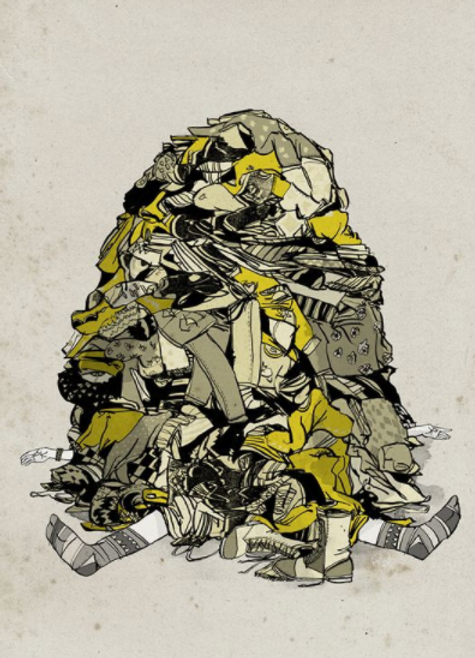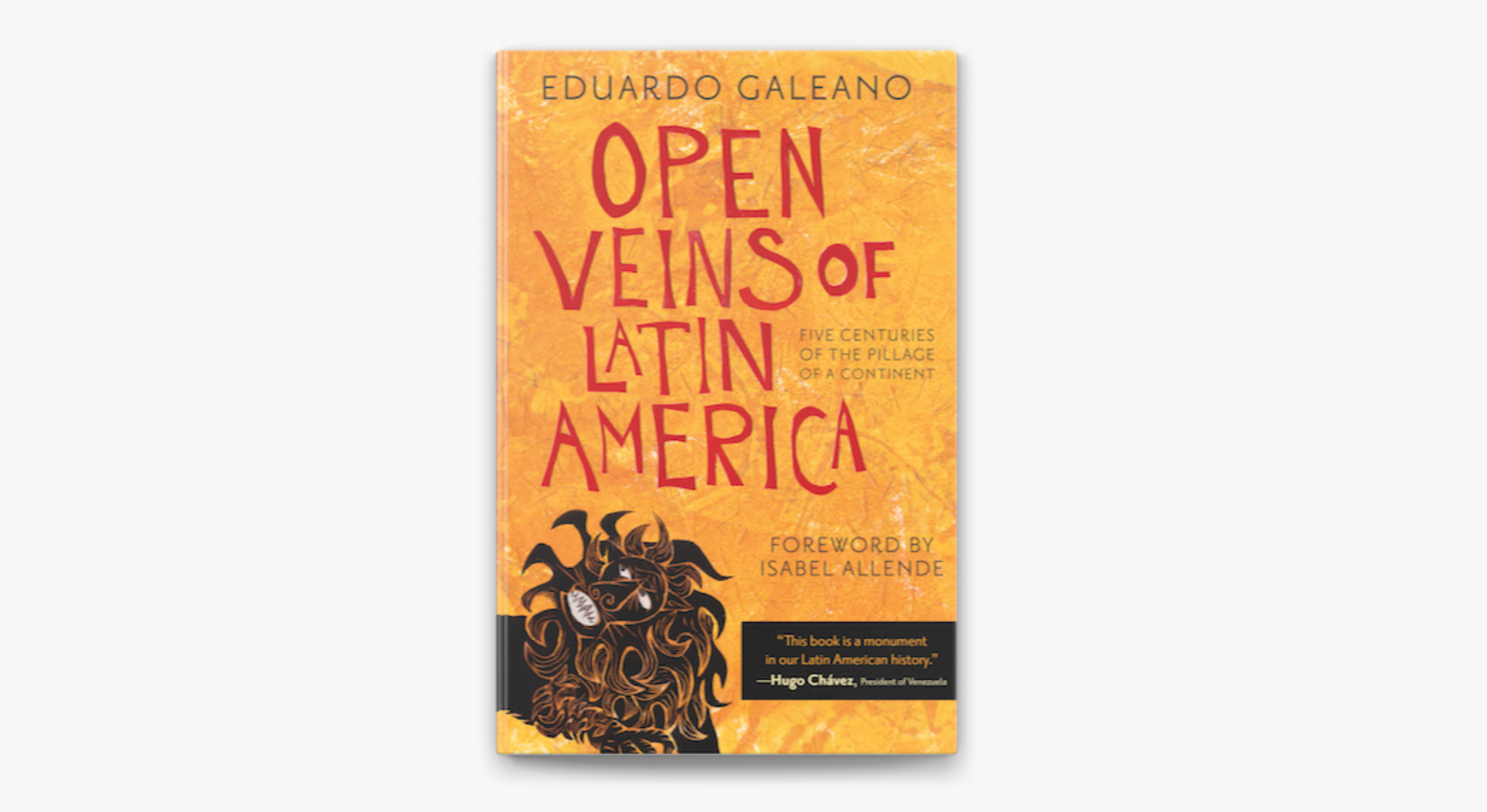What is Fast Fashion?
Fast fashion describes the clothing industrys business model of replicating and mass producing fashion week and catwalk trends, quickly moving them from magazine covers to stores. This model allows retailers to constantly update their collections, selling mainstream clothing that is considered trendy while still pricing that clothing affordably.
The Negative Side of Fast Fashion
Besides the price tag, there are not many upsides to it. Once fast fashions hit stores, they become mainstream, making display windows in the mall feel copied and pasted. Fast fashion has also detrimentally damaged the earth due to its use of synthetic fibers. The use of oil to make fabrics, such as nylon, rayon, spandex, leaves an immense carbon footprint when compared to making clothing from simpler fabrics such as cotton. Not to mention that synthetic fabrics tend to be of poorer quality, in turn, sending you back to the mall for a new wardrobe, and leaving a dent in your wallet and in landfills. Even washing these fabrics is destructive to our oceans. Your Forever21 crop top releases plastic microfibers into the water, which ends up in oceans. This can damage coral reefs, which subsequently affects the rest of the food chain under the sea. When your Garage leggings rip, where do they end up? The majority of fast fashion clothing ends up taking space in landfills.
Have you ever wondered where your clothing is made? Typically, in third world countries, since there arent any restrictions on wages or slave labor. Fast fashion is unethical, as most of its employees are young children and women being forced to work in poor conditions with minimal or no pay. These poor conditions are recognized as sweatshops, factories where employees labor for long hours without rest in poor conditions.
Alternatives
While you may be looking in your wardrobe and wondering why no one has ever told you about the detriments of your style choices, do not fret. There are many different alternatives. Thrift shopping has become more popular recently, and all for good reasons. Thrift shopping allows you, the customer, to give a unique piece a second life. There are so many online thrift stores, and even Instagram accounts. Thrifting is cost-efficient and decreases your carbon footprint immensely. Donating clothes to the less fortunate or to thrift stores clears your wardrobe without filling landfills. Looking for a way to make money? Selling your clothes helps reduce your carbon footprint and adds to your wallet. There are many sustainable clothing stores. What’s more to love than supporting small businesses sustainably, and adding to your wardrobe. Cant get much better than that!
Online Thrift Stores (buy and sell):
ThredUp
DePop
Primark
Mercari
Poshmark
Instagram Thrift Stores:
@wf.thrift
@lulubylex
@troyathrifts
The fight against fast fashion starts now. Take initiative, thrift, buy and sell clothes, and most of all, avoid fast fashion stores. It may seem like a ton to bear at first, but taking the small steps now, can do a lot for our world.
 Kaitlyn Landaverde, Alumni at APA
Kaitlyn Landaverde, Alumni at APA 
 Dont Burn Out In High School!
Dont Burn Out In High School!